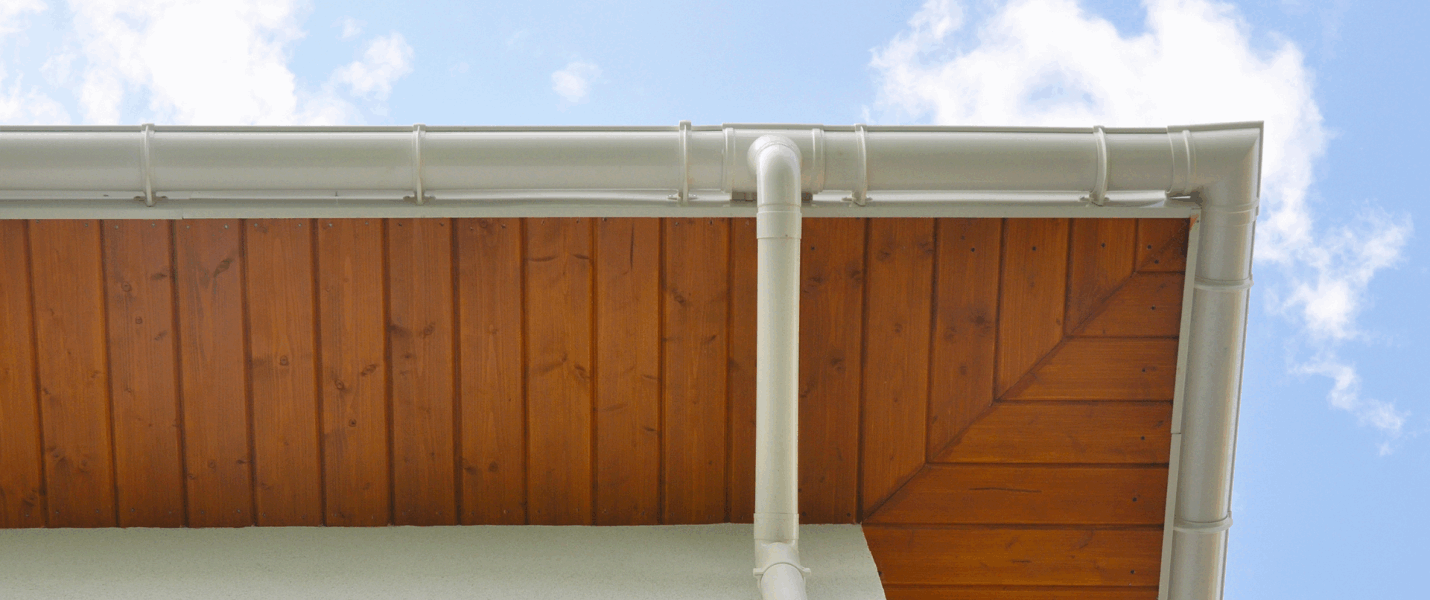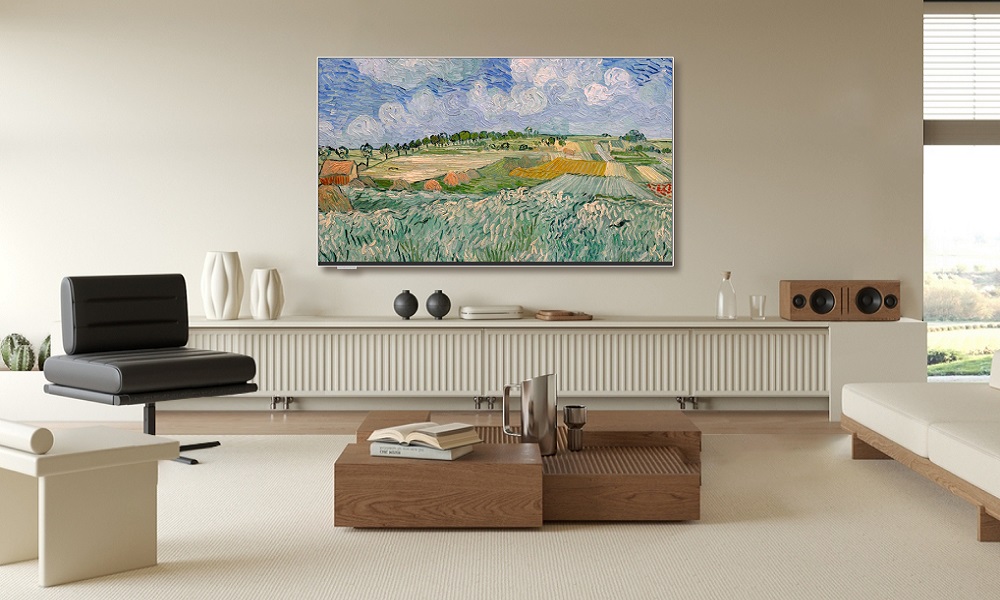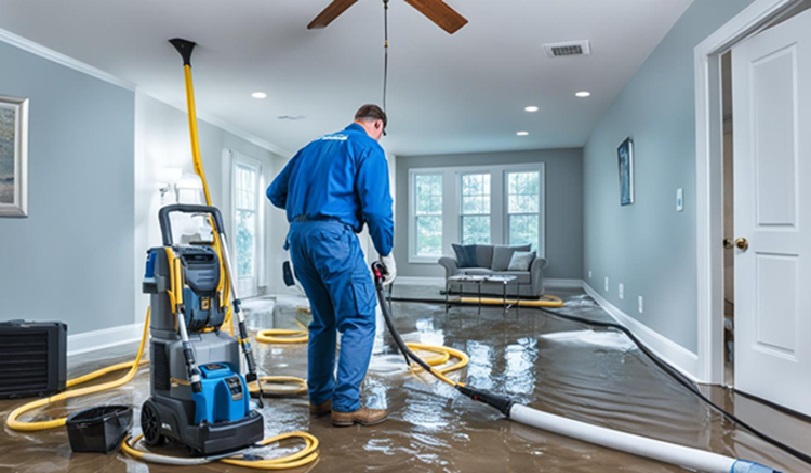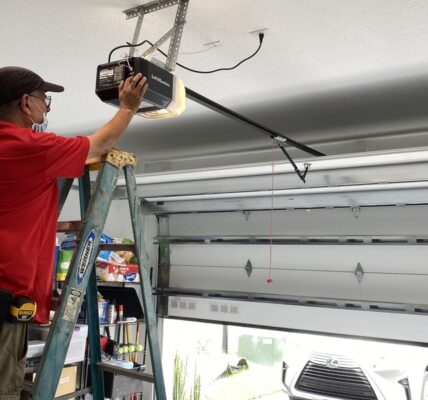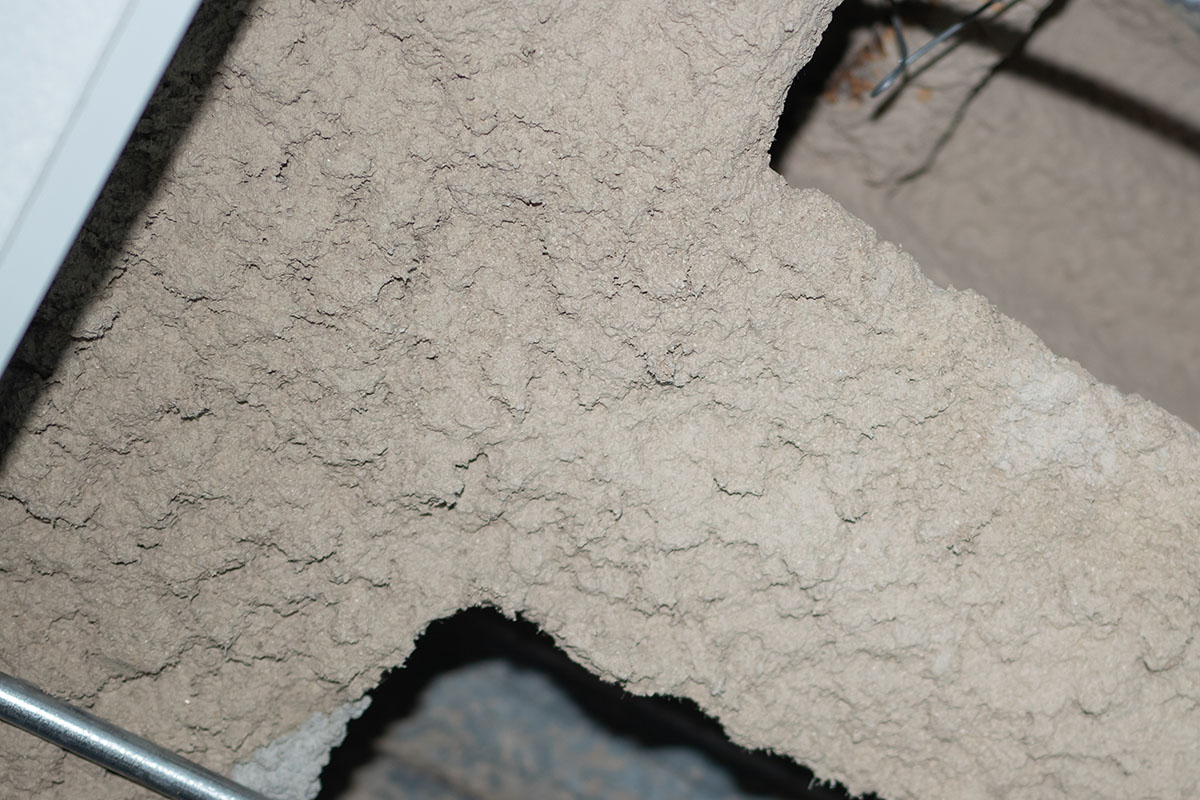Fascia boards may not be the most visible part of your home’s exterior, but they play a vital role in protecting your roofline and supporting your gutter system. Positioned just below the roof edge, fascia boards help keep moisture, debris, and pests out while providing a finished look to your home. When damaged, fascia boards can compromise your roof’s structural integrity and lead to expensive repairs.
Understanding the common causes of fascia board damage—and how to prevent them—can save you time, money, and stress down the road. Below are the most frequent culprits behind damaged fascia boards, along with practical ways to protect your home.
1. Water Damage from Poor Gutter Performance
One of the leading causes of fascia board deterioration is prolonged exposure to moisture, usually from overflowing or leaking gutters. When gutters become clogged with leaves, dirt, or debris, rainwater can spill over and saturate the fascia board. Over time, this constant moisture weakens the material, leading to rot, mold, and structural damage.
Prevention Tip:
Clean your gutters regularly and inspect them for leaks or cracks. Consider installing gutter guards to reduce debris buildup and ensure that water flows away from the fascia and into the downspouts as intended.
2. Inadequate Drip Edge Installation
A drip edge is a thin piece of flashing that directs rainwater away from the roof edge and into the gutter system. When this crucial element is missing or improperly installed, water can drip directly onto the fascia boards, increasing the risk of water infiltration and rot.
Prevention Tip:
Ensure that your roof includes a properly installed drip edge, especially if you’re replacing shingles or gutters. This small component can make a big difference in protecting your fascia from water damage.
3. Pest Infestations
Insects, birds, and rodents often look for warm, dry spaces to nest—and deteriorating fascia boards make an easy target. Cracks or soft spots caused by moisture damage can provide entry points for pests, which then worsen the problem by chewing, burrowing, or nesting inside the boards.
Prevention Tip:
Inspect fascia boards seasonally for holes or weak spots. Seal cracks promptly and consider applying pest-resistant materials or coatings. If pest problems persist, consult a professional to evaluate and reinforce the area.
4. Poor Ventilation in the Attic
Your attic needs proper ventilation to balance moisture and temperature. Without it, warm, moist air can build up inside the attic and condense near the roofline, eventually damaging the underside of the fascia boards from within. This internal moisture damage is often overlooked until rot or mold becomes visible.
Prevention Tip:
Ensure your attic has adequate ventilation and that your soffits (the underside of the roof overhang) are not blocked. Ridge vents, gable vents, and soffit vents can all help regulate temperature and moisture levels effectively.
5. Low-Quality or Improper Materials
Not all fascia boards are created equal. Boards made from untreated wood or inexpensive materials are more vulnerable to water damage, insects, and warping. Additionally, poor installation can lead to gaps, sagging, or uneven surfaces that allow moisture to accumulate.
Prevention Tip:
Choose high-quality, weather-resistant materials for fascia boards, such as treated wood, composite, or PVC. Hire experienced professionals for installation to ensure proper alignment, sealing, and long-term performance.
6. Age and Wear Over Time
Like any part of your home, fascia boards degrade over time. Exposure to the elements—sun, rain, wind, and snow—will eventually cause them to weaken or crack. Even the best-maintained fascia boards will require replacement after a certain number of years.
Prevention Tip:
Conduct annual inspections of your roofline to check for discoloration, softness, peeling paint, or visible cracks in the fascia. Addressing signs of wear early can lead to simpler and more cost-effective fascia board repair.
Fascia boards may not get much attention, but they quietly support the overall health and longevity of your roofing system. Ignoring damage can lead to rot, pest intrusion, structural weakening, and increased costs. By staying ahead of the most common causes—water exposure, poor ventilation, and pests—you can extend the life of your fascia boards and avoid more serious roofing issues.
Being proactive with inspections, maintenance, and quality materials ensures that your fascia stays strong and continues to protect your home for years to come.


